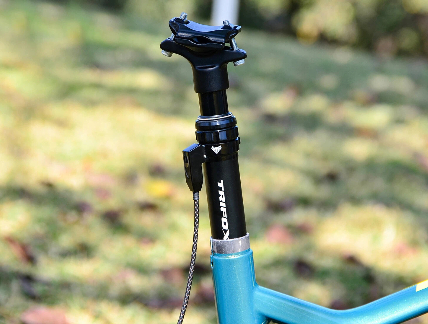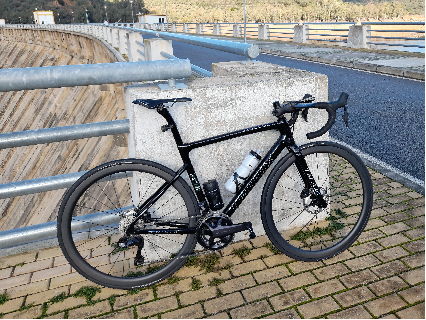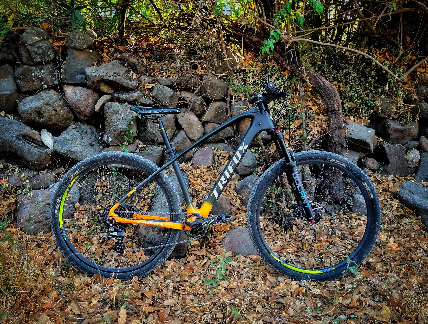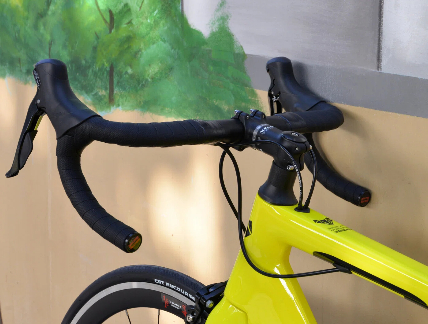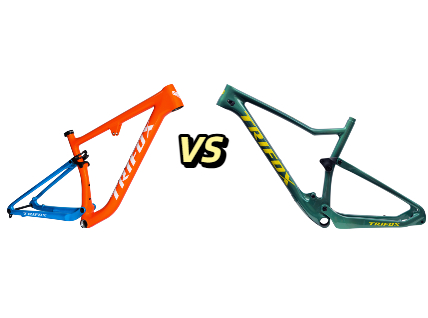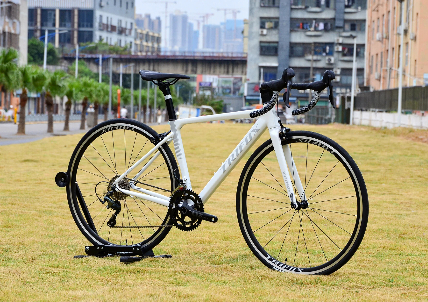Bike wheels are one of the most important components of a bicycle, and the hub plays a crucial role in connecting the wheel to the frame. Choosing the right bike hub can make a huge difference in the performance of your bike, but this is a complex task that requires some technical know-how.
In this guide, we'll walk you through everything you need to know about bike hub compatibility and how it relates to your wheel and bike frame.
The first thing to understand is that bike hubs come in different designs and sizes, matching different bike frame specs and wheel types.
The most common types of bike hubs are quick-release (QR) hubs, thru-axle hubs, and bolt-on hubs. QR hubs are the most common type, found in road bikes, and have a skewer mechanism for quick release and attachment of the wheel. Thru-axle hubs are more common in mountain and gravel bikes and use a fixed axle that goes through the frame and wheel. Bolt-on hubs are less common, found in BMX-style bikes, and have a bolt-on mechanism instead of skewers or thru-axles.
Another important aspect to consider when choosing a bike hub is the spacing between the hub flanges. This measurement determines how wide the wheel can be, and thus how wide the frame must be to accommodate the wheel. Typically, road bike hubs have a narrower spacing of about 100mm or 130mm, while mountain bike hubs are wider, usually around 142mm or 148mm. Therefore, make sure you choose a hub that matches your frame spacing.
One of the most confusing aspects of bike hub compatibility is the axle diameter. The axle diameter is the thickness of the axle, and it can vary according to the type of hub and bike frame. The most common axle diameters are 9mm, 12mm, and 15mm, with some hubs offering 20mm or 24mm options. Again, make sure you choose a hub with the right axle diameter for your bike frame.
The last factor to consider is the compatibility of the hub with the wheel type. Wheels can be categorized according to their rim diameter (the outer diameter of the tire), and there are three main sizes: 26”, 27.5”, and 29”. Generally, hubs have a specific size that matches one of these wheel sizes, and it is important to choose a hub that matches the wheel size you have or plan to get.
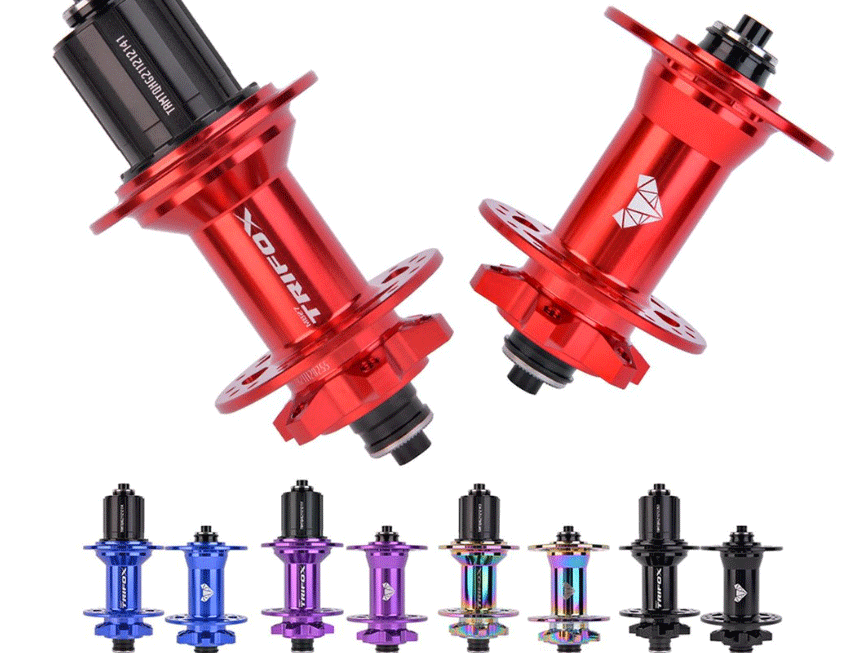
Conclusion:
As you can see, choosing the right bike hub requires some careful consideration of several technical factors. However, taking the time to understand these factors will ensure that you get a hub that matches your bike frame, wheel, and riding style, and that will provide optimal performance and durability.
Whether you're a road rider or a mountain biker, make sure you consult the specs of your bike and wheels before choosing a hub, and don't hesitate to ask for expert advice if needed. Happy riding!
































































